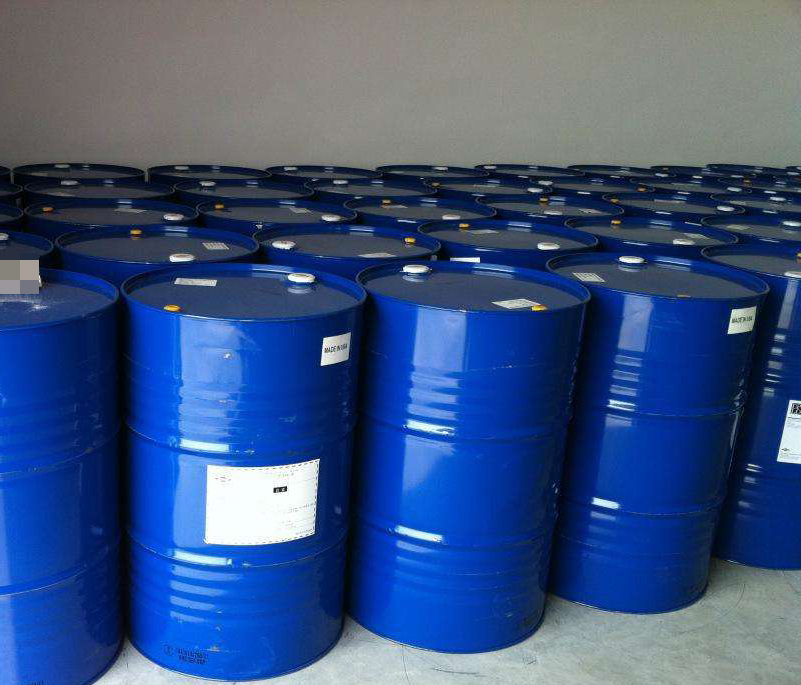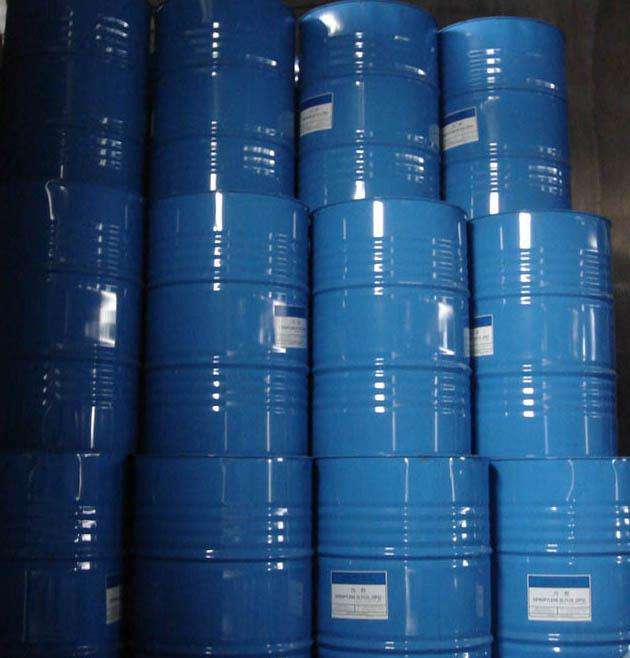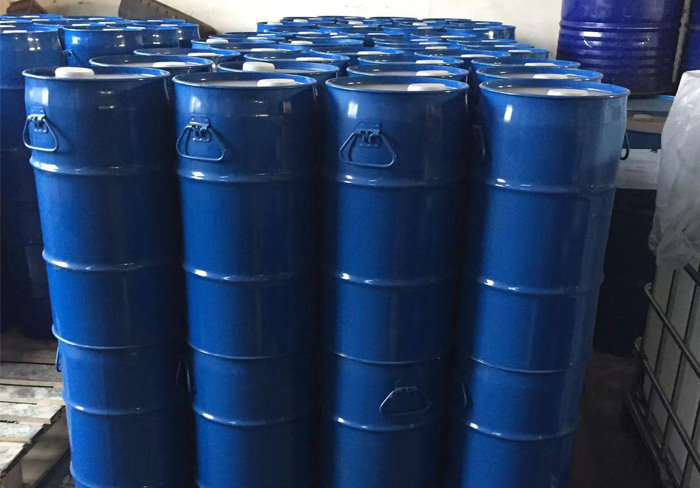|
Non-volatile ingredients (0.2 g/60 min/ 80°C)
|
75±2
|
<ssp; 160°C for 20 minutes
Or 170°C for 10 minutes
Or 190°C for 5 minutes
The use of metal catalysts can significantly reduce the baking temperature.
For coil coating systems, Desmodur® BL 3575/1 MPA/SN can achieve full crosslinking without catalyst addition at temperatures above 232°C.
Storage
– Store in original airtight Covestro container.
– Recommended storage temperature: 0-30°C.
– Protects against moisture, heat and foreign objects.
General Information: Storage at higher temperatures will result in increased color and viscosity. Will cause solidification on storage at significantly lower temperatures. By simply heating the product, this curing is reversible without adversely affecting product quality.
Storage Time
Covestro declares that the product will conform to the specifications or values stated in the “Specifications or Characteristic Data” section within nine months of the day following shipment as stated in the shipping document” The above, applies, as long as the product is in full compliance with the storage conditions stated and referenced in the “Storage” section above and is otherwise properly handled. Expiration of the nine-month period does not necessarily mean that the product no longer meets specifications or settings values. However, prior to using the above-mentioned products, Covestro recommends testing whether such products still exist in compliance with specifications or set values. Covestro does not make any representations about the products after the nine-month period has expired. Xtron is not responsible or liable for meeting the specification or setpoint period after nine months have passed.
Labeling and Legal Requirements
This Product Data Sheet is used only in conjunction with the latest version of the corresponding Safety Data Sheet. Any updates to safety-related information, in accordance with statutory requirements, will only be reflected in the safety-related data sheets, copies of which will be revised and distributed. Related information to the current classification and labelling, application and treatment methods can be found in the currently valid safety data sheet for further safety-related data. |


